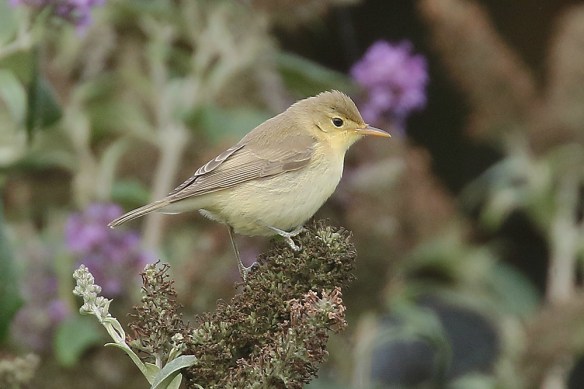 Press release from Birds On The Edge
Press release from Birds On The Edge
Birds On The Edge is delighted to announce that Jersey’s Atlantic puffins have started to arrive to their breeding cliffs on the Island’s north coast.
This small colony has comprised only four breeding pairs in the last few years, and it is hoped that at least as many will return this year. The puffins have been a bit late to arrive, with only one or two having seen so far over the past few days.
This is the most delicate time for our puffins, as they settle back in their nests and wait for their mates to arrive. Any disturbance or negative experience could put them off and make them abandon the area, sending them off to look for quieter breeding grounds elsewhere. After they have settled, the presence of boats and other watercraft near their breeding sites might disrupt or affect natural behaviours, such as incubation of the egg, fishing, or feeding their chick.
Birds On The Edge asks everyone to follow the guidelines of the Seabird Protection Zone (SPZ) between Plémont and Grève de Lecq, and avoid visiting this area by boat, kayak, paddle board or any other type of watercraft between March and July. These guidelines are already observed by boat and kayak tour operators, who avoid this area at this sensitive time, as well as by the local fishermen, who only visit the area briefly to check their pots.
The presence of watercraft in the Seabird Protection Zone is monitored during regular puffin and seabird surveys. In 2020 a steep increase of leisure craft in the SPZ was noticed in comparison with the previous year. The number of private boats and kayaks recorded per hour increased by 360%. This was believed to be a result of the travel and lockdown restrictions put in place during the pandemic. It was hoped that this year all private boat and kayak users will avoid the area completely until the breeding season is over. However, Birds On The Edge has already received reports of people on kayaks going through the SPZ over the past week.
It is worth remembering that puffins and their relatives, the razorbills, can be found all across the north coast, but as their breeding is restricted to this area, it is extremely important to give them peace and quiet in order for them to return to their nests.
The safest way to enjoy puffins is from the public footpath between Plémont and Grève de Lecq. As the Jersey puffins nest in rock crevices and between boulders below the coastal slopes, they are out of sight when in their nests. However, they spend a lot of time sitting on the water below the cliffs, and the safest way to watch them, for both puffins and people, is from the footpath between Plémont and Grève de Lecq, looking down to the water. The various vantage points, benches and bunkers along the footpath are good spots to watch puffins and other seabirds from.
The public is also invited to join one of the free ‘Puffin Watches’ that will take place at Plémont over the Easter holiday break. For further details please consult the Facebook pages of Jersey Birding Tours and Jersey Wildlife.


















































